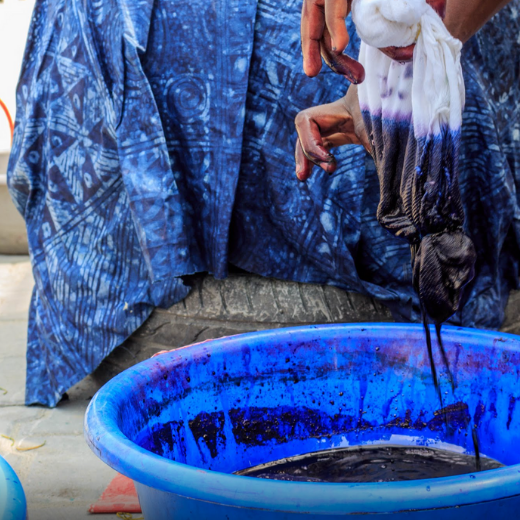Adire - Textile Art History
Traditionally, the adire process involves two female dyers called “alaro” who control production and marketing of the fabric and the decorators called “aladire” who create the resist patterns. Two basic resist techniques used to be utilised to create white designs to contrast with a deeply saturated indigo blue background. But experimentation in the twentieth century has led to additional two techniques.

ÒRENTÉ
We are a women-owned company in Hamilton, New Zealand, specialising in small-batch, handmade clothing for men and women using hand-dyed African fabrics. We sell online and at local markets.
Leave a comment